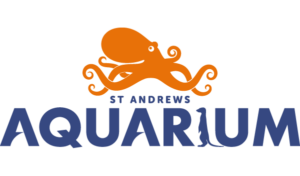Meet just some of the animals in our aquarium family
At St Andrews Aquarium, we have more than 120 species for you to meet. Everything from the fishy to the fluffy, the pretty to the poisonous, and the solitary to the very sociable (that’s you, meerkats!) Have a look at some of our visitors’ favourites so you can plan your visit.


